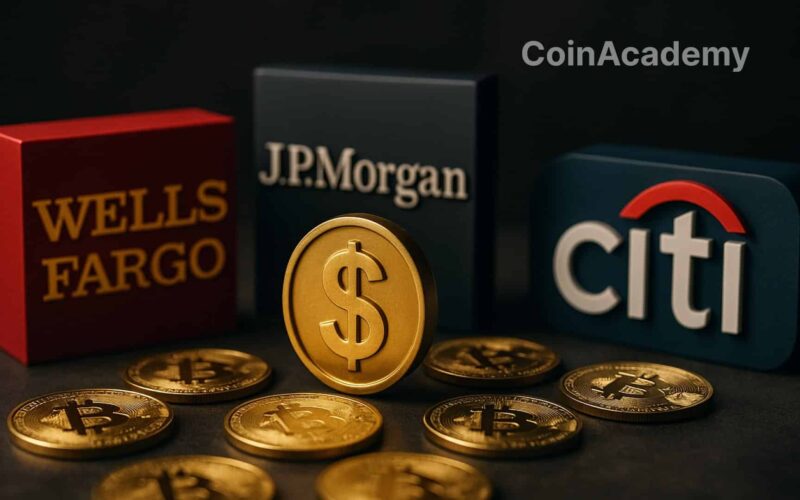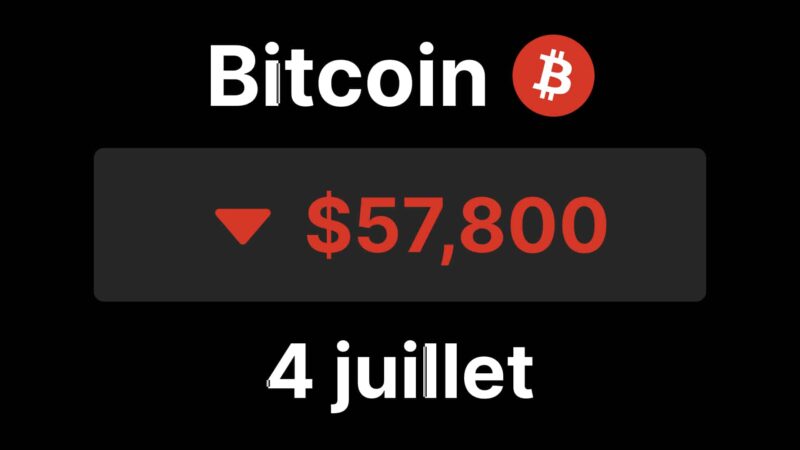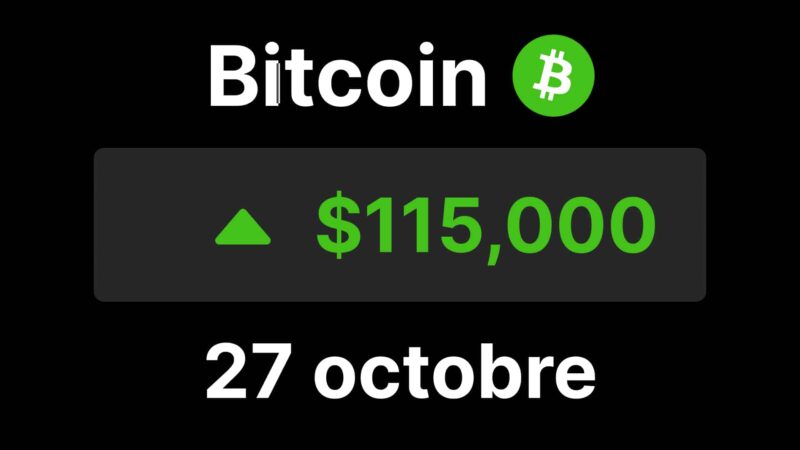The giants of American finance are no longer content to be mere bystanders. JPMorgan, Bank of America, Citigroup, and Wells Fargo are currently in discussions to create a common stablecoin. The goal? Improve payments, speed up transactions… and most importantly, counter the offensive of crypto players.
A Strategic Banking Alliance in the Making
According to the Wall Street Journal, discussions are still in a preliminary stage, but the idea is appealing: a stablecoin pegged to the dollar, managed by the major banks, and potentially open to other financial institutions. Entities like Early Warning Services (operator of Zelle) or The Clearing House (specialist in real-time payments) are also involved in the talks.
The interest is clear. Where international bank transfers sometimes take several days, stablecoins allow for settlements in seconds. By adopting this technology, banks could streamline their operations while maintaining control over the infrastructure.
A Response to Regulatory and Competitive Pressure
This initiative comes as Washington finally makes progress on the regulatory front. The Senate has just advanced the GENIUS Act, a regulatory framework touted as “pro-growth” for payment stablecoins. As a result, the boundaries between traditional banks and crypto are blurring.
Some crypto fintechs are already seeking a banking license. And conversely, institutions like Société Générale have taken the lead. Its subsidiary SG Forge launched the EURCV stablecoin in 2023, denominated in euros, and now plans a dollar version.
Towards a Wall Street-Made Stablecoin?
If this project comes to fruition, it would mark a major turning point: for the first time, major American banks would join forces to issue their own digital currency. A direct challenge to dominant private stablecoins like USDT, USDC, and others in the crypto markets.
For now, nothing is set in stone. But the message is clear: Wall Street is not willing to be left behind in the race for instant payments.




